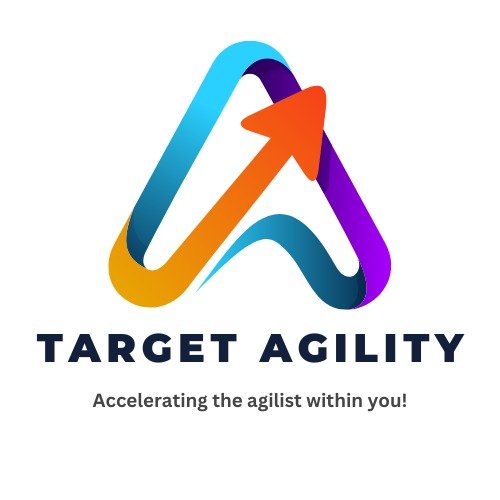SAFe Core Values Made Easy: The Building Blocks of Agile Success

In a fast-paced world, businesses want to stay competitive and make customers happy. To do that, they turn to Agile principles and frameworks like the Scaled Agile Framework (SAFe). SAFe has become popular for helping big organizations be more Agile. At the heart of SAFe are its core values, which are like the rules that make it work. In this blog, we’re going to dive into these core values of SAFe and see why they are so important for companies that want to change and succeed in today’s tough business world. 1.Working Together The first core value of SAFe is all about making sure that everyone in the company is going in the same direction. It’s like having a team huddle where everyone knows what the goal is. In SAFe, this is done through things like setting a common goal and planning big work cycles. This helps all teams and people in the company work together toward the same mission. 2.Quality Matters The second core value, “Quality Matters,” is all about making sure the work is good from the start. It’s like building a strong and reliable car that doesn’t break down. In SAFe, we use things like testing early and putting the work together often to make sure it’s high quality. This helps avoid mistakes and makes the product or service better. 3.Sharing Is Caring The third core value, “Sharing Is Caring,” is about being open and honest with everyone in the company. It’s like having a super clear glass window, not a foggy one. In SAFe, we use things like sharing progress and problems openly. This creates a culture where people can talk to each other easily and ask for help when needed. 4.Getting the Work Done The fourth core value, “Getting the Work Done,” is about being effective and efficient when doing the work. It’s like a well-organized sports team that scores goals quickly. In SAFe, we use tools and ceremonies like planning and teamwork to make sure the work gets done well and on time. 5.Think Agile The fifth and most important core value is called “Think Agile.” It’s about changing the way you and your company think about work. It’s like shifting from old-fashioned ways to modern, flexible ways. In SAFe, we encourage teams and leaders to think in an Agile way, which means being open to change, focusing on customers, and always improving. Why the Core Values Matter Understanding these core values is super important for companies trying to be more Agile. Here’s why they matter: Conclusion SAFe’s core values are the building blocks that make the framework work. They are the foundation for changing and succeeding in today’s business world. By focusing on working together, making quality a priority, being open, getting work done well, and thinking in an Agile way, companies can use SAFe to its fullest and succeed in a world that keeps changing. These core values are the secret sauce to making SAFe work for your company.

